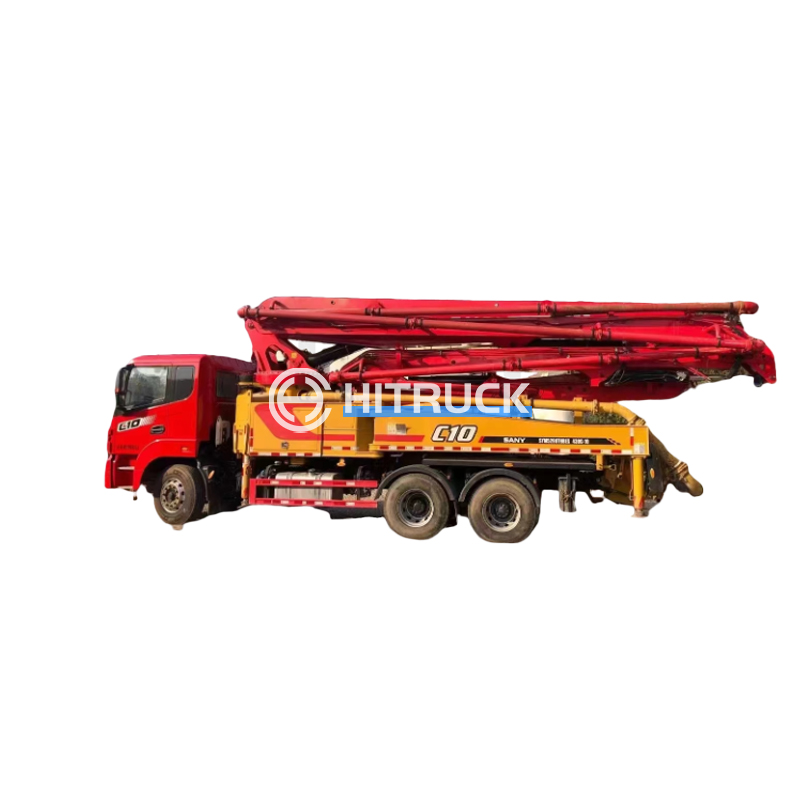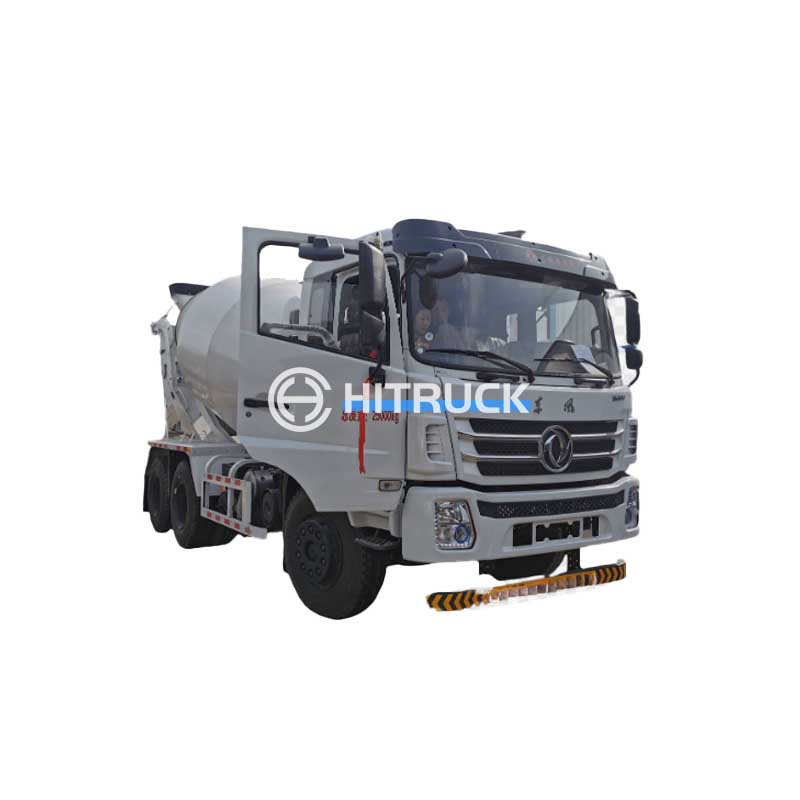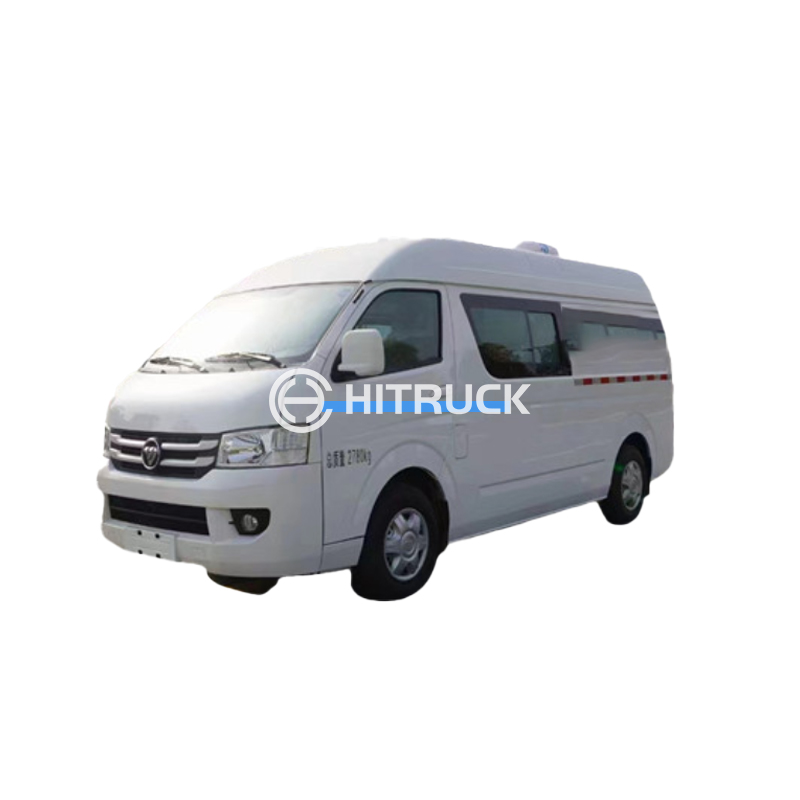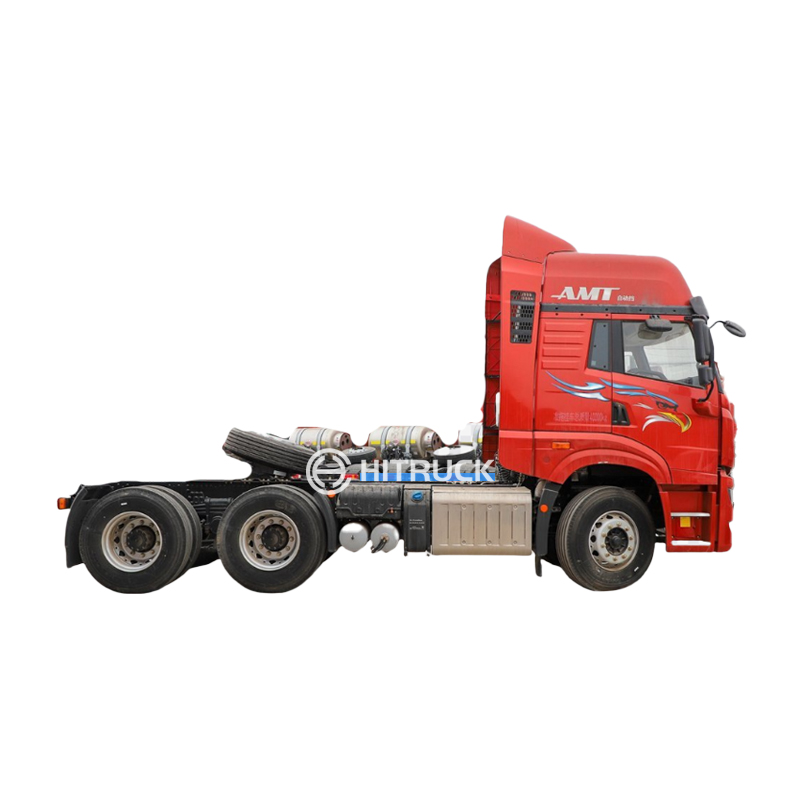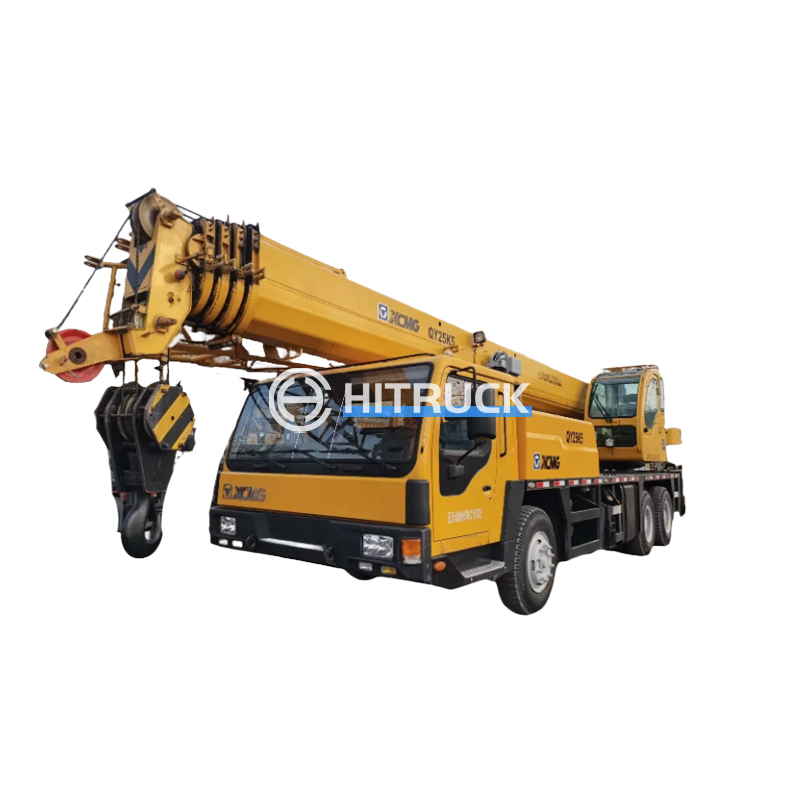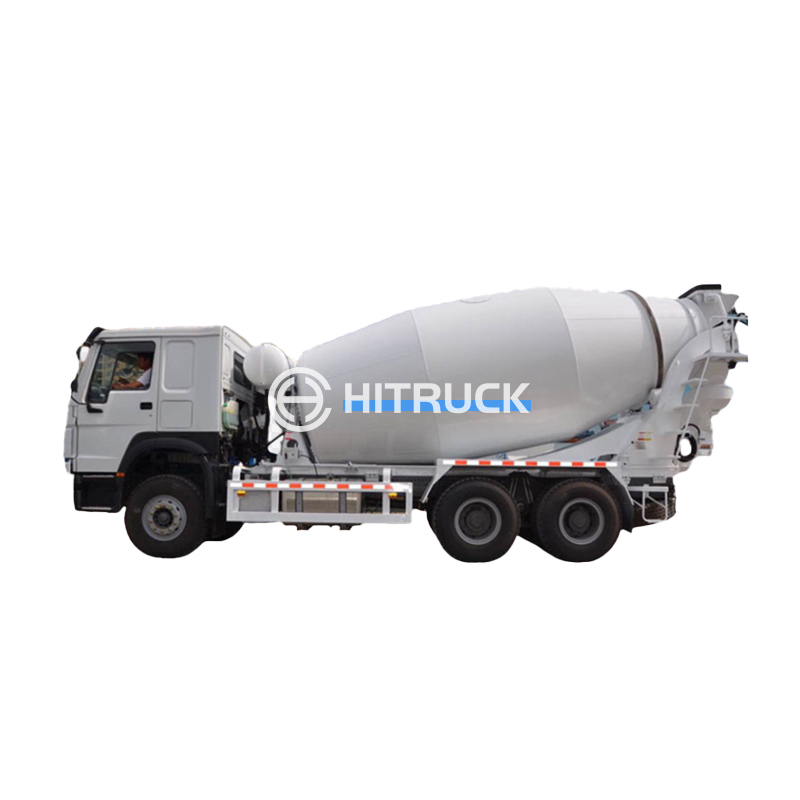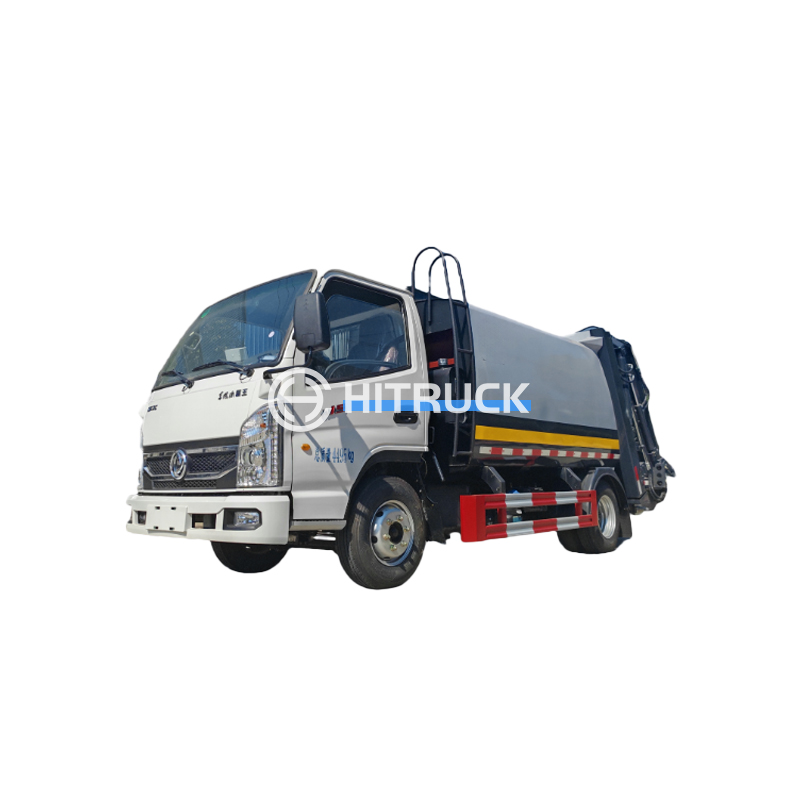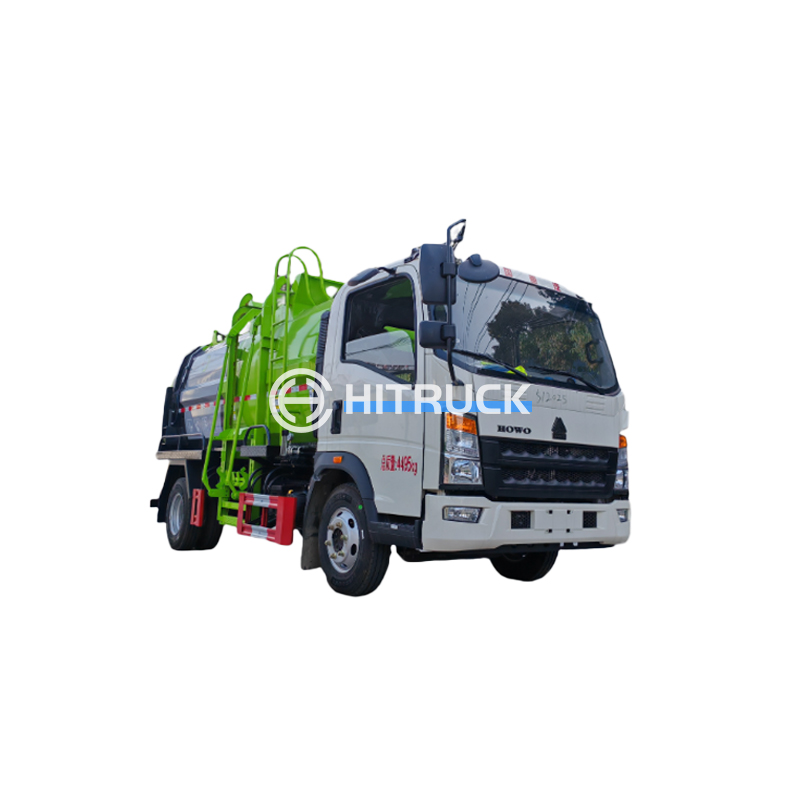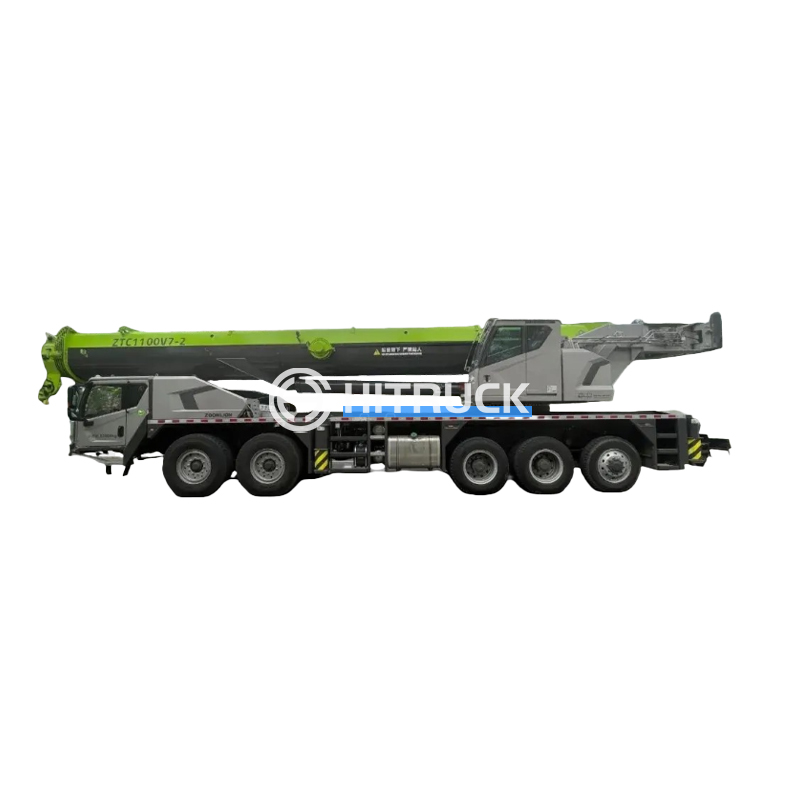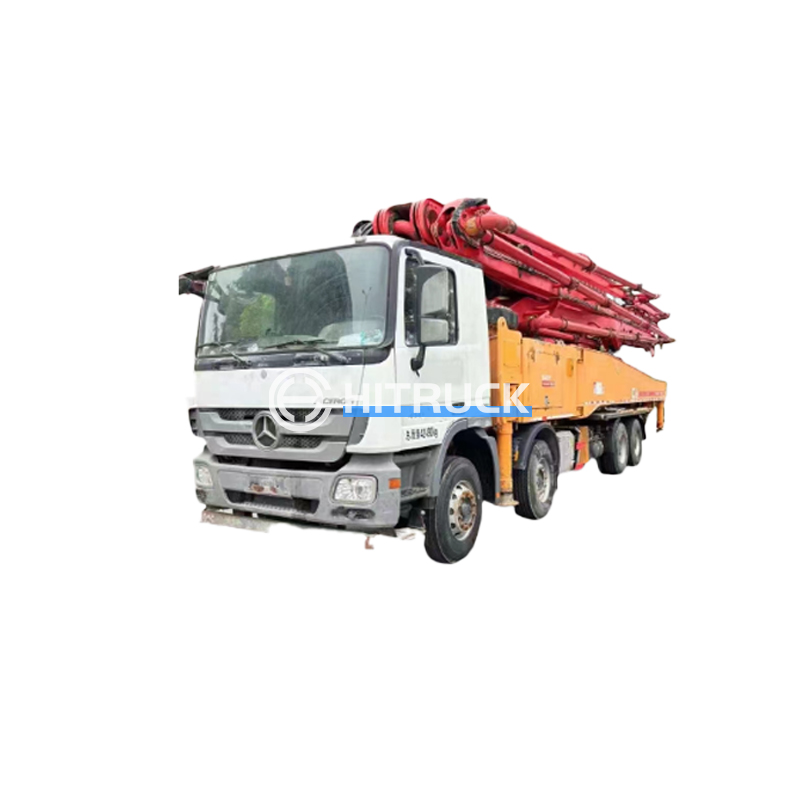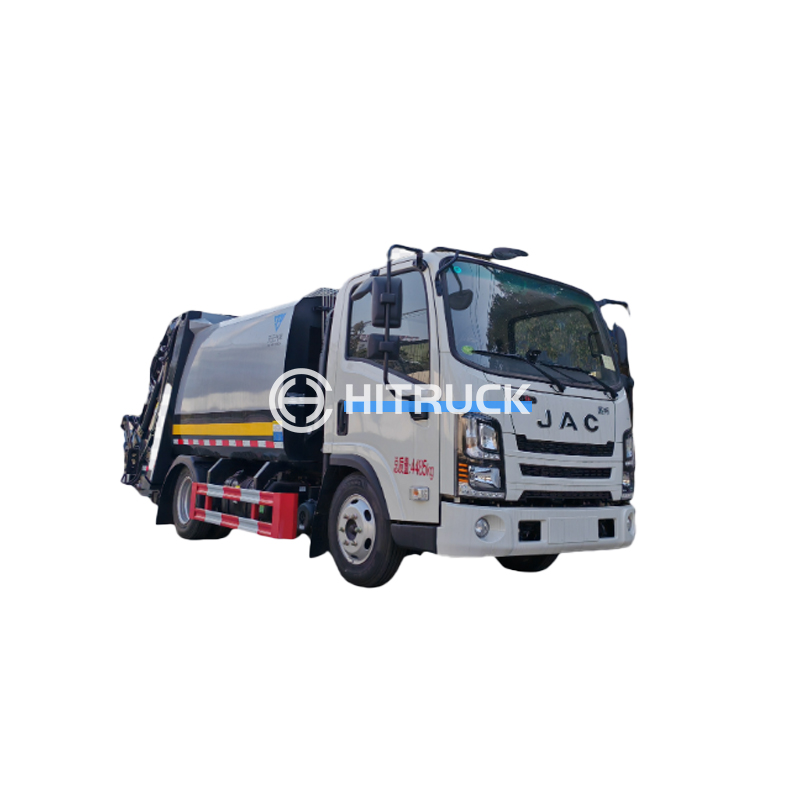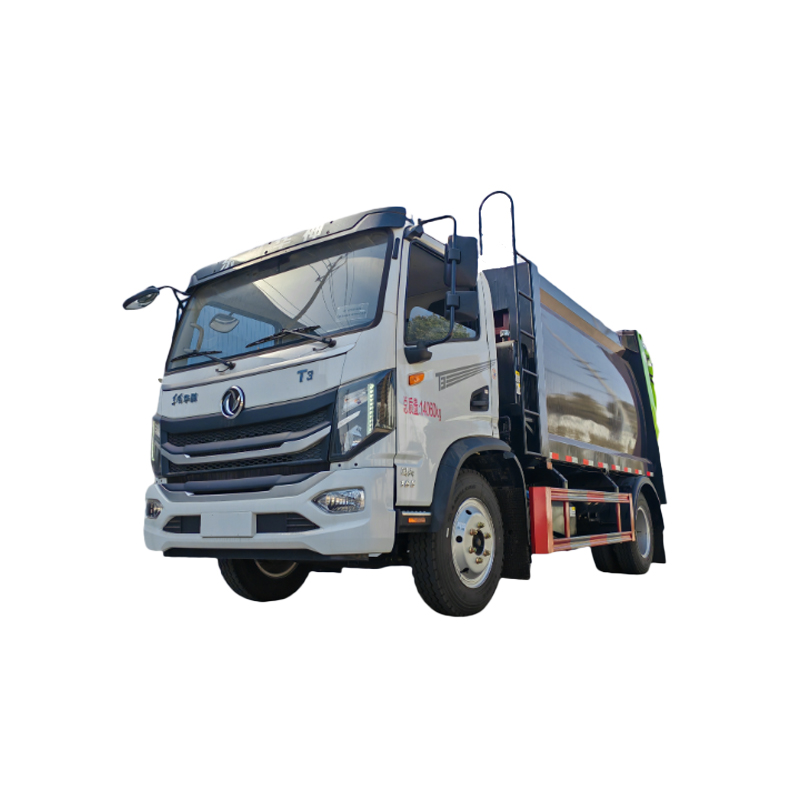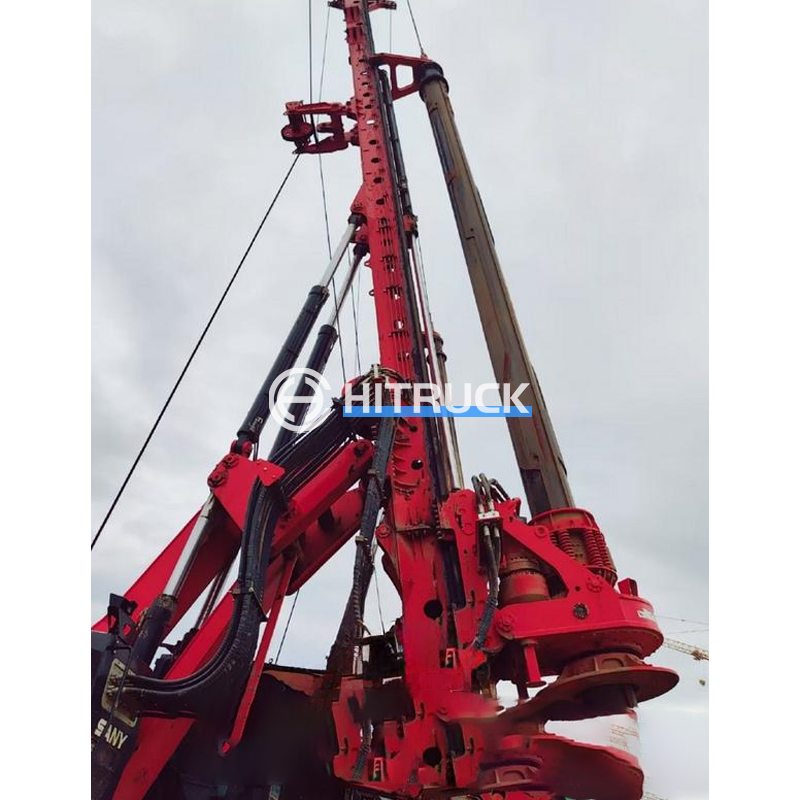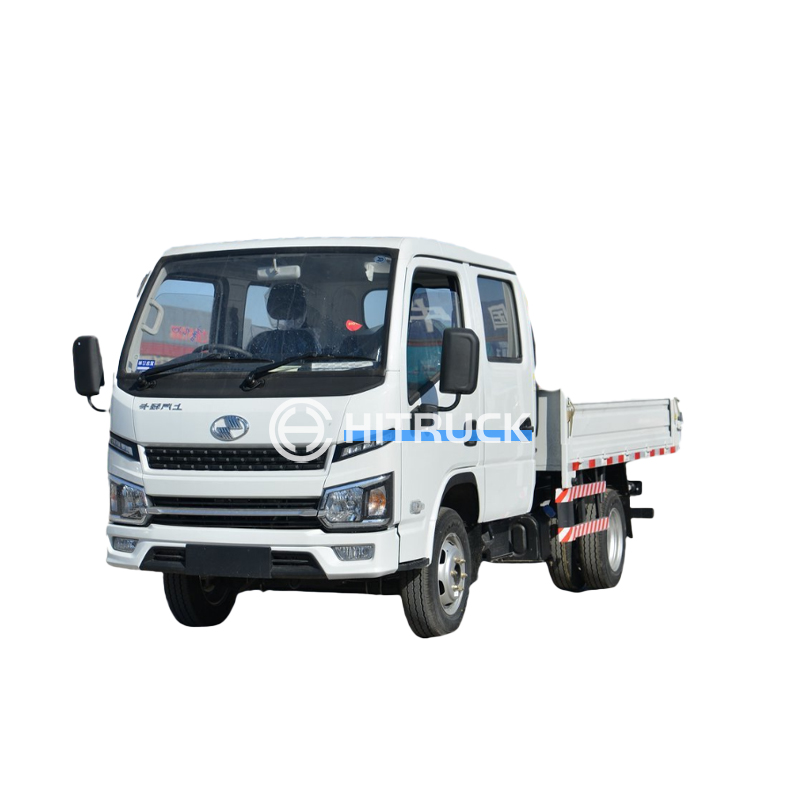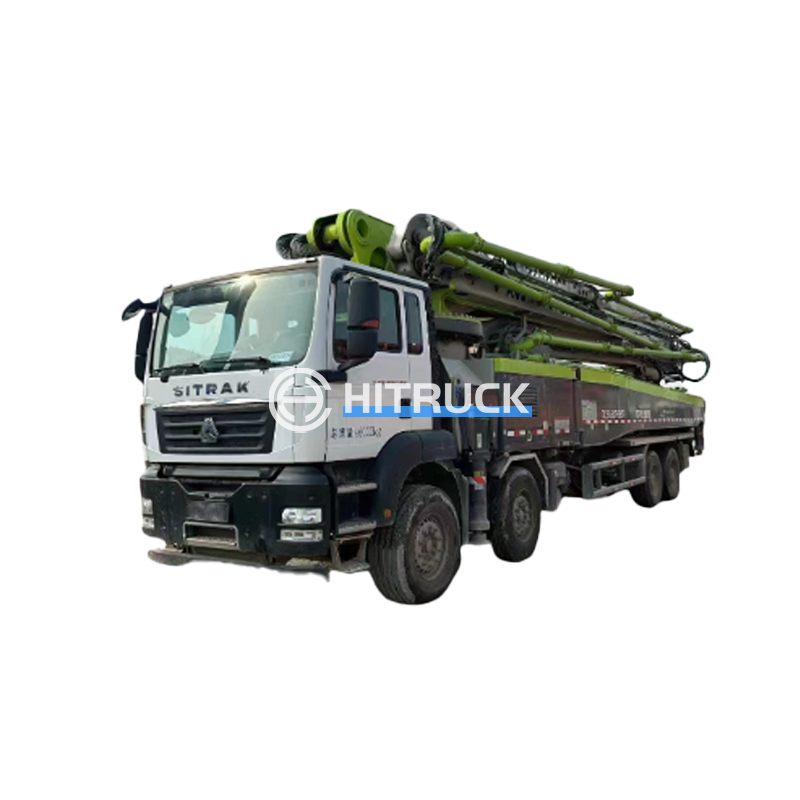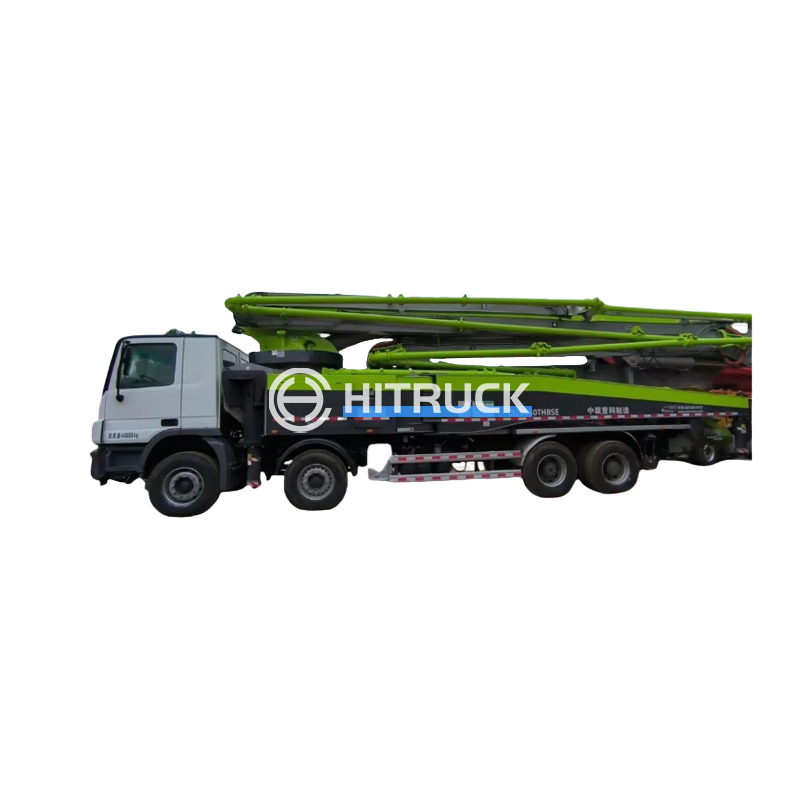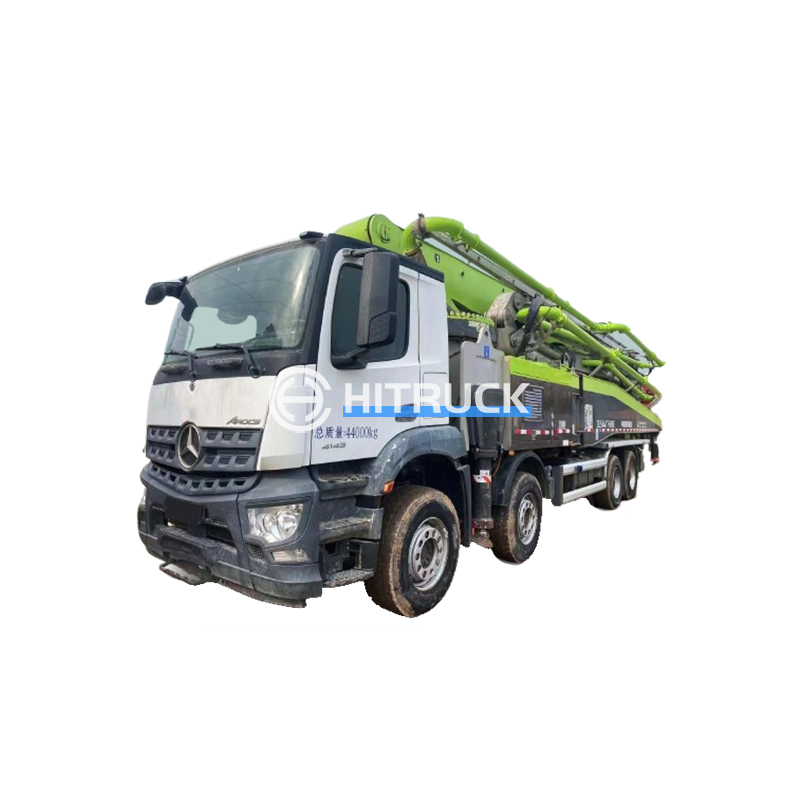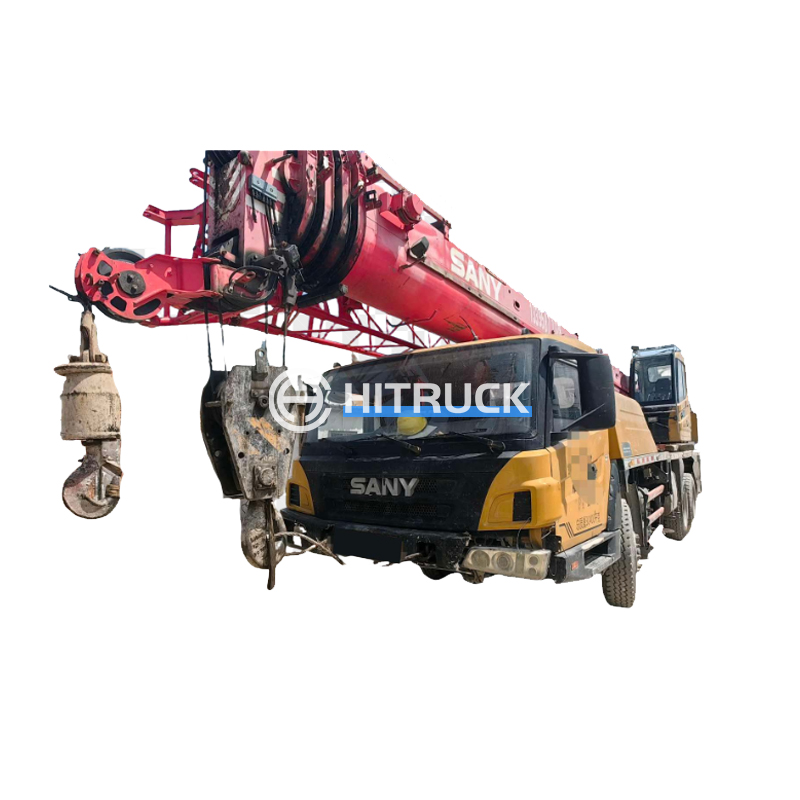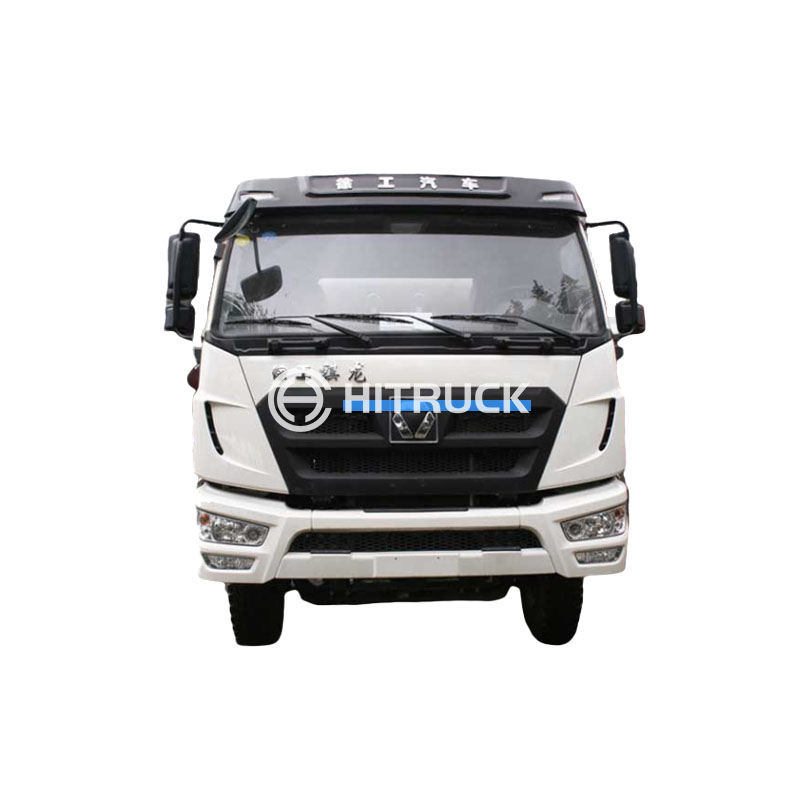Understanding and Utilizing Telescopic Cranes
This comprehensive guide explores the world of telescopic cranes, covering their functionalities, applications, advantages, disadvantages, and safety considerations. We'll delve into various types, key features to consider when selecting a crane, and provide practical tips for safe and efficient operation. Whether you're a seasoned professional or just starting to learn about this essential piece of construction equipment, this article offers valuable insights.
What is a Telescopic Crane?
A telescopic crane, also known as a telescopic boom crane, is a type of crane that uses a boom consisting of multiple sections that can extend and retract to change its reach. This contrasts with lattice boom cranes, which utilize a fixed-length boom composed of interconnected lattice sections. The ability to telescope the boom allows for greater flexibility and reach within a smaller footprint, making them versatile for a range of lifting tasks.
Types of Telescopic Cranes
Mobile Telescopic Cranes
These are self-propelled cranes mounted on a truck or crawler chassis, offering high maneuverability and portability. They are commonly used in construction, infrastructure projects, and industrial settings. Capacity and reach vary greatly depending on the model. Popular manufacturers include Liebherr, Grove, and Tadano.
Crawler Telescopic Cranes
Mounted on tracks, these cranes provide exceptional stability on uneven terrain and are frequently employed in challenging environments. Their larger base and lower center of gravity contribute to enhanced lifting capacity compared to their mobile counterparts. They are often found working on large-scale construction sites or heavy lifting operations.
Mini Telescopic Cranes
Designed for smaller jobs and confined spaces, mini telescopic cranes are more compact and lightweight. They are ideal for indoor use, renovations, and smaller-scale construction projects where larger cranes might be impractical.
Key Features and Considerations
Choosing the right telescopic crane requires careful consideration of several factors:
- Lifting Capacity: The maximum weight the crane can lift safely.
- Maximum Reach: The horizontal distance the crane can extend its boom.
- Boom Length: The total length of the extended boom.
- Terrain Suitability: Whether the crane is suitable for the working environment (e.g., paved surfaces, uneven terrain).
- Safety Features: Load moment indicators, overload protection, and emergency stops are crucial safety features.
Advantages and Disadvantages of Telescopic Cranes
| Feature | Advantages | Disadvantages |
| Versatility | Suitable for diverse lifting tasks and environments. | May not be ideal for extremely heavy loads or very long reaches. |
| Portability | Mobile cranes offer high maneuverability. | Crawler cranes have limited mobility. |
| Ease of Use | Generally easier to operate compared to lattice boom cranes. | Requires skilled operators for safe and efficient operation. |
| Cost | Can range from relatively inexpensive (mini cranes) to very expensive (heavy-duty models). | Higher initial investment compared to some other lifting equipment. |
Safety Precautions
Operating a telescopic crane demands strict adherence to safety protocols. Regular inspections, proper training for operators, and adherence to load limits are crucial to prevent accidents. Always consult the manufacturer's instructions and relevant safety regulations.
For heavy-duty trucking needs and related equipment, consider exploring resources like Suizhou Haicang Automobile sales Co., LTD for potential solutions. They offer a wide range of options to support your operational requirements.
Conclusion
Telescopic cranes are indispensable pieces of equipment across various industries. Understanding their capabilities, limitations, and safety procedures is vital for anyone involved in their use or management. By carefully considering the factors discussed in this guide, you can make informed decisions to select and operate the right crane for your specific needs. Remember to always prioritize safety.


